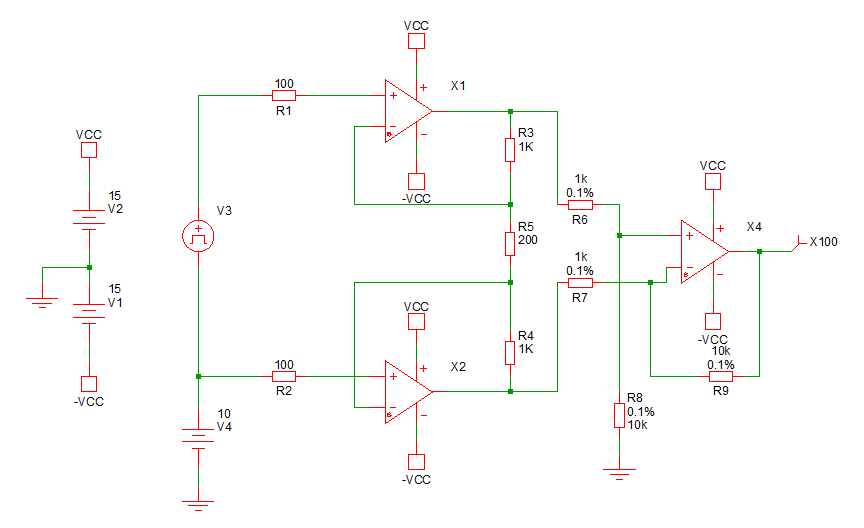Other Parts Discussed in Thread: OPA838, THS4631, OPA2810
Hello,
I'm considering using the THS4021 as an amplifier in a discrete instrumentation arrangement. I'll need to consider nulling the previous amplifier stage errors as well, however these do not provide adjustment.
For the 10k offset trim in figure 34, how much trimming/adjustment range will this provide?


